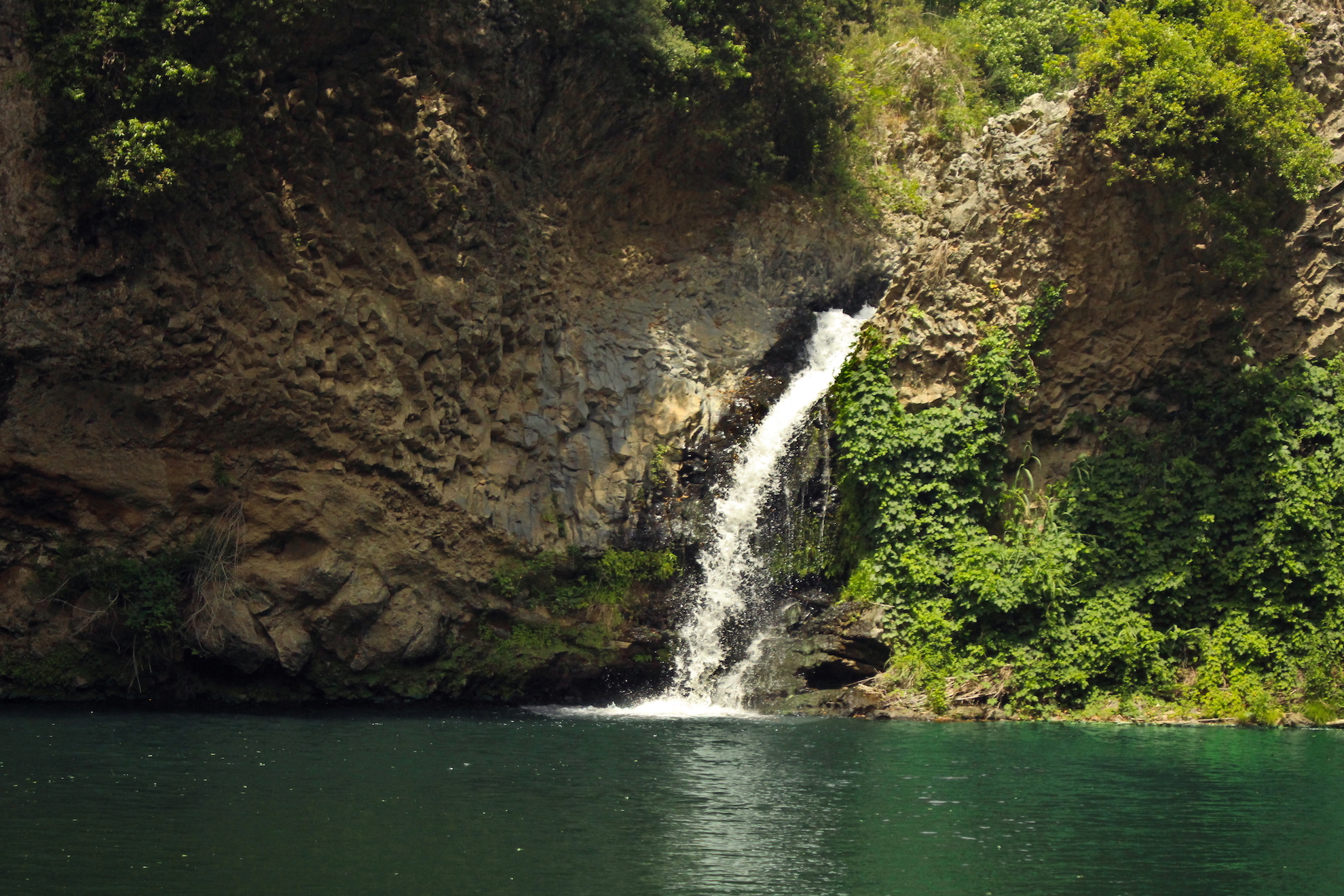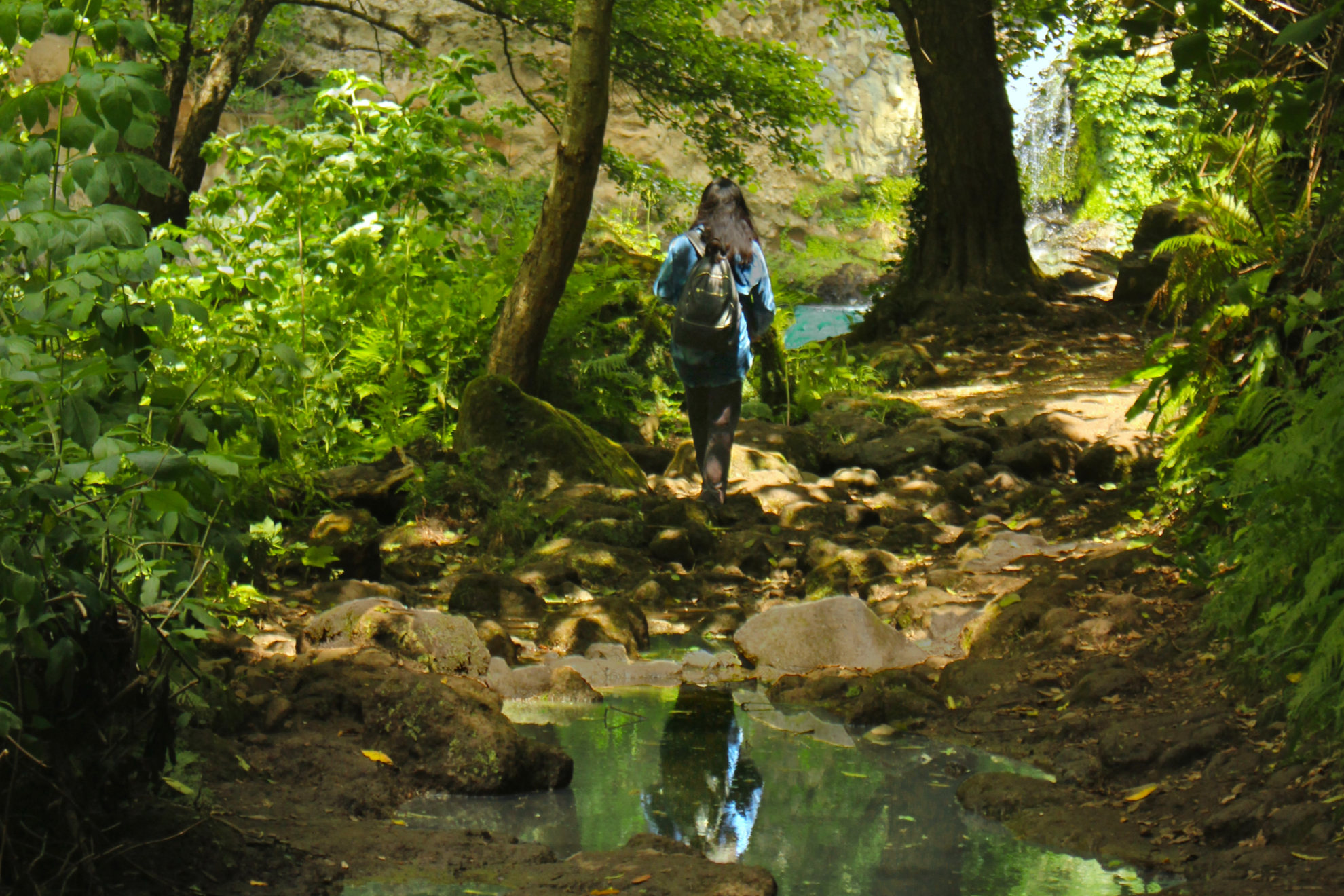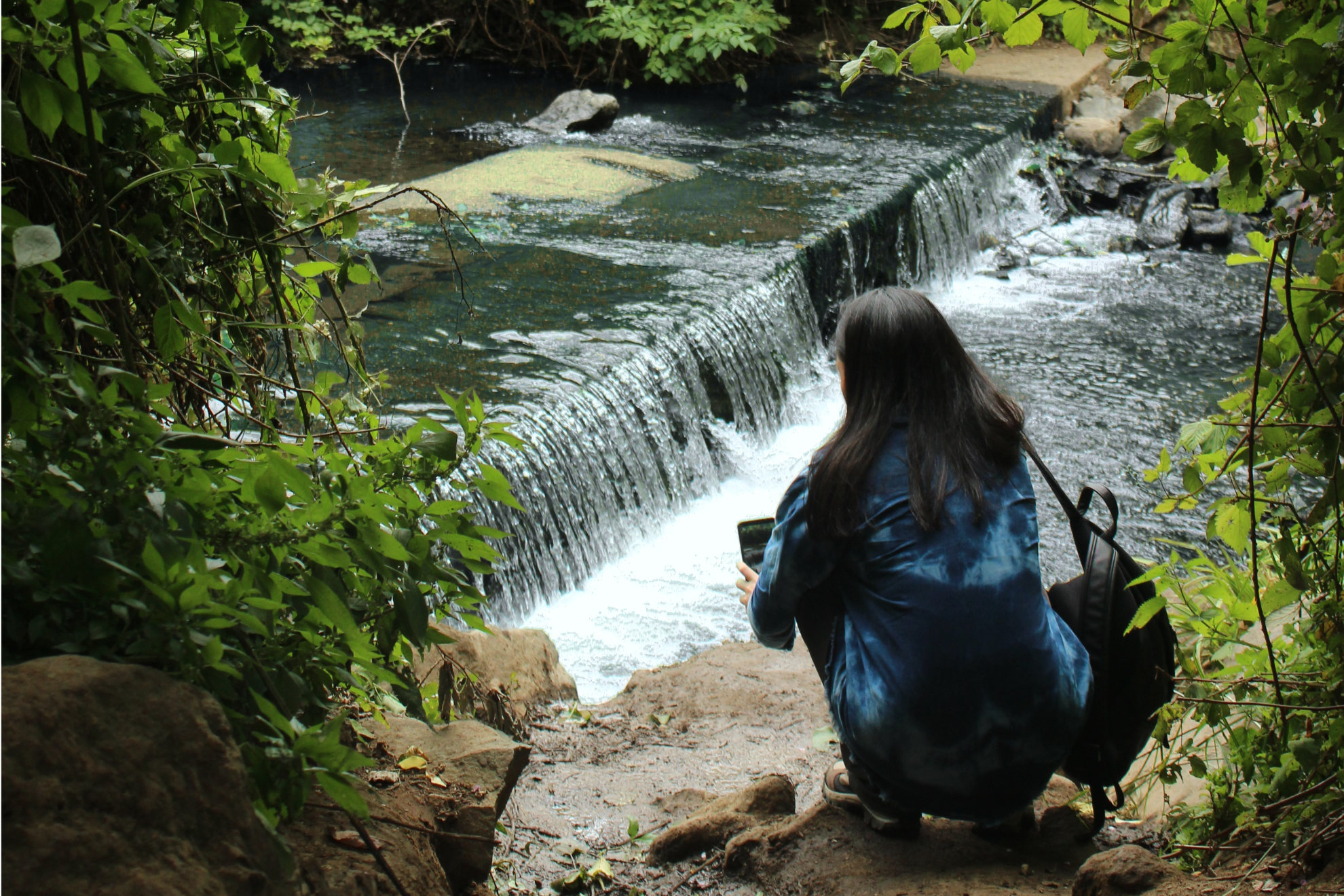A beautiful auditorium hides among the small Ceriti Mountains. It is not the work of Renzo Piano or Santiago Calatrava, but that of timider architects who have worked on it for a few millennia. More unique than rare, the engineers and workers of this concert hall are also its musicians. And their music is beautiful.
Ph. Federico Cadalanu - Trentaremi

To hear the concert of the waterfall trail, you have to start from total silence. A cemetery marks the beginning of the path. Not the pompous Etruscan cemetery of Banditaccia, Unesco heritage site, no: this is humble, modern and discreet, as country cemeteries are. As you get closer you can hear the trees tuning their leaves. At the entrance to the woods, the lights go out. Cerveteri is now far away. The light breeze, conductor of the orchestra, is applauded with reverence. But the ovation is dedicated to the soloist: the Vaccina river.
Ph. Federico Cadalanu - Trentaremi

It may have been the inspiration for the virtuosity of Horowitz, the irregularity of Bernstein and the gentleness of Chopin. But perhaps the greatest quality of the Vaccina is its rhythm: it moves away and gets closer, hides and then suddenly soaks you, from head to toe. Its concert rises to a crescendo, as if it were Ravel's Bolero. It begins with an adage, walking on foot among green fields and abandoned buildings, amidst the whirring of dragonflies and the chirping of crickets. Here is the first theme of the evening: the waterfall. That of the Moro is very high but not imposing, on the contrary, light.
Ph. Federico Cadalanu - Trentaremi

Ph. Federico Cadalanu - Trentaremi

The water beats agaisnt the rock following the directions of the conductor. After the intermission of the papal ironworks, the theme of the waterfall is revisited several times. At the Arenile waterfall, it becomes lively with movement, at the Ospedaletto, it is an allegro. The Braccio di mare waterfall is slow and opens the second theme, the lake. Now you go along the steep path of the wood, the ascending, gloomy climax, amidst the rustles of the lizards and the sinuous curves of the mountain. The instruments slowly increase their volume, the wind gets stronger and finally a sound of cymbals introduces the last piece, the grand finale, the San Giuliano Waterfall.
Ph. Federico Cadalanu - Trentaremi

The wind blows wildly coordinating the leaves, the branches, the pebbles, the cicadas, the lizards, the tadpoles and the caterpillars. Under the conductor's direction, the two themes cross each other and interchange. The Vaccina lets itself go in an incredible solo, almost a jazz improvisation in the way its drops fly and flow. It is a riot of harmonisations, scales and tones.
At the end of the route, only the sound of our footsteps remains. Was it just imagination, or did those sounds really exist? Who knows, maybe it's worth returning, maybe the five waterfalls are preparing the encore.

